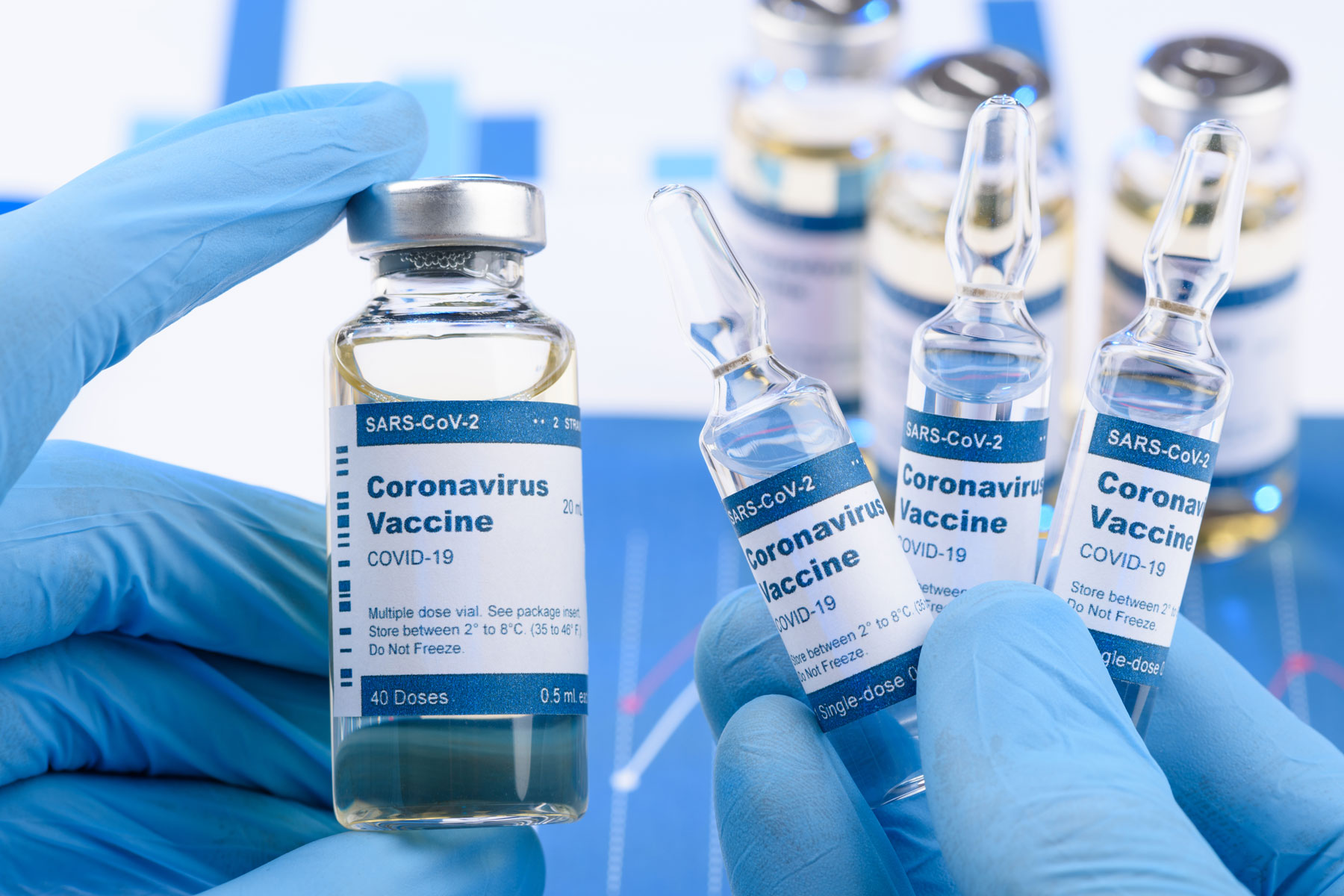Covid-19
Study of Pfizer COVID vaccine suggests some people got highly dangerous shots
Published
10 months agoon

Danish scientists uncovered compelling evidence that a significant percentage of the batches of the Pfizer-BioNTech BNT162b2 COVID-19 vaccine distributed in the EU likely consisted of placebos — and the non-placebo batches demonstrated higher-than-normal severe adverse events in recipients.
The scientists published their study in March, as a letter submitted to the European Journal of Clinical Investigation. BNT162b2 is the vaccine granted Emergency Use Authorization from the U.S. Food and Drug Administration and other authorities.
Journalist Kim Iversen, who on Wednesday reported on the study on “The Kim Iversen Show,” called it an “absolute bombshell of a story.”
Iversen cited as her source an article in The Daily Sceptic, also published Wednesday, by five German scientists who have publicly questioned the safety of the vaccines.
The Danish researchers looked at Pfizer-BioNTech vaccines administered in Denmark between December 2020 and January 2022 and found that batches of the Pfizer-BioNTech COVID-19 vaccine could neatly be divided into three groups.
Two of the three groups demonstrated higher-than-normal percentages of severe adverse events in recipients. However, for the third group of batches, a total of zero adverse events were reported.
READ ALSO: Basketball player forced to get COVID vaccine dies of heart attack
The researchers also examined data indicating which batches were inspected and tested by regulators and discovered that almost none of the batches from the third group — associated with no severe adverse events — had been inspected.
According to Iversen, the findings suggest that “many of the batches of the Pfizer vaccine administered to the public — up to 30% — were placebos. And even worse, the evidence points to regulators knowing about it and willingly administering them.”
The study’s authors wrote: “The observed variation in SAE [severe adverse event] rates and seriousness between BTN162b2 vaccine batches in this nationwide study was contrary to the expected homogenous rate and distribution of SAEs between batches.
“In conclusion, the results suggest the existence of a batch-dependent safety signal for the BNT162b2 vaccine, and more studies are warranted to explore this preliminary observation and its consequences.”
Iversen said these results mean “either they were actively experimenting on the public or they were covering up for the fact that the vaccines came with numerous side effects.”
According to The Daily Sceptic, they analyzed how “the batches used in Denmark, which are represented by the points in the graph, essentially break down into three groups.”
One set of batches, referred to as the “green batches,” accounting for over 60% of the overall sample demonstrated “a moderate or moderately-high level of adverse events associated with them.”
Specifically, one severe adverse event was reported per approximately 400 doses in this batch — much higher than the rate of severe adverse events reported for the influenza vaccine.
READ ALSO: Confidential EU documents reveal thousands die from Pfizer COVID-19 vaccine
Another set of batches, referred to as the “blue batches,” was “associated with an extraordinarily high level of adverse events” — with a rate of reported severe adverse events of 1 in 10 doses, accounting for nearly 50% of the vaccine-related deaths in the sample.
Some batches within the “blue” group had an even higher rate of severe adverse events: up to 1 in every 6 doses.
However, the “blue batches” were administered the least in Denmark, representing less than 5% of the total number of doses in the sample. This led the scientists to note that “these especially bad batches may perhaps have been quietly pulled from the market by public health authorities.”
The third set of batches, referred to as the “yellow batches,” represented approximately 30% of the total number of doses administered in the sample, but were “associated with literally zero suspected adverse events.”
READ ALSO: FDA rejects request to add health risks to COVID vaccine labels
“Why would a certain group have absolutely no side effects?” Iversen said. “These scientists said the only time you get that is in the control group. That’s the group that was given the placebo.”
In reference to the “blue” group, which demonstrated an extraordinarily high percentage of severe adverse events, Iversen said, “It’s possible that this was a different formulation and they rolled it out there as they were experimenting on people.”
She said it could be that it was “an intentional batch and that they were experimenting on the people, giving them this extra dose of something that had something different in it,” she added, “because it looks like if they were giving people placebos, that they were experimenting on people.”
She said that in such voluntary reporting systems, most people who experience adverse events never report their injuries. “You have to take that into consideration, because that actually skews the numbers lower than higher.”
Trending

 Health & Fitness3 days ago
Health & Fitness3 days agoMalaria Vaccines in Africa: Pastor Chris Oyakhilome and the BBC Attack

 Featured7 days ago
Featured7 days agoPolice reportedly detain Yahaya Bello’s ADC, other security details

 Education1 week ago
Education1 week agoEducation Commissioner monitors ongoing 2024 JAMB UTME in Oyo

 Aviation5 days ago
Aviation5 days agoWhy some airlines are avoiding Nigeria’s airspace–NAMA

 Business1 week ago
Business1 week agoMaida, university dons hail Ibietan’s book on cyber politics

 Business7 days ago
Business7 days agoDebt servicing gulps 56% of Nigeria’s tax revenue, says IMF

 Crime1 week ago
Crime1 week agoPolice take over APC secretariat in Benue

 News6 days ago
News6 days agoOndo APC guber hopefuls reject primary poll

